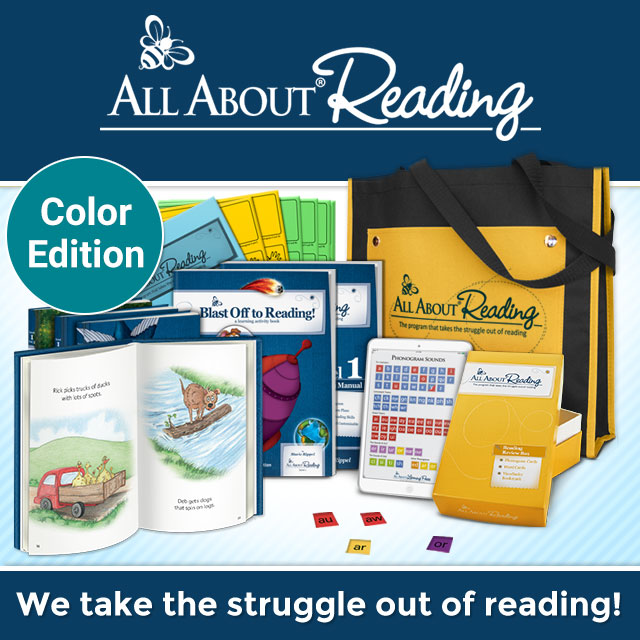Are you a homeschooling parent in search of new, creative ways to make learning engaging for your child? You’re definitely not alone. Many homeschool parents are on the lookout for ideas to keep lessons both educational and enjoyable. While textbooks and worksheets have their place, they don’t have to be the only path to learning. With a dash of creativity, you can turn lessons into hands-on learning activities that spark curiosity and bring subjects to life.

In this post, we’ll check out some engaging activities that can help you create unforgettable learning experiences for your kids.
Contents
Hands-On Science Experiments
Science comes alive when kids can get their hands on it. Simple science experiments, like making a baking soda volcano or growing crystals, introduce scientific concepts in an exciting way. You don’t need fancy equipment—just common items around the house.
For instance, a baking soda volcano gives children a memorable look at chemical reactions. This doesn’t just make science more enjoyable; it builds critical thinking, too. Watching these reactions inspires kids to ask questions and make observations, laying a solid foundation for understanding science.
Virtual Learning Activities
Adding online learning activities to your homeschool mix opens up a world of possibilities. With virtual museum tours, online classes, and interactive games, kids can dive into new topics without leaving home. This is especially helpful for subjects that traditional homeschool methods might not fully capture, like world cultures or astronomy. Digital resources offer learning activities that challenge kids in ways that books and worksheets can’t always do.
Homeschooling parents can even look into online programs, like an online BSW (Bachelor’s in Social Work), to introduce structured learning or fresh ideas. With these resources, you can make homeschooling a bit more thrilling and packed with opportunities to learn.
Creative Writing Prompts and Journaling
Encouraging children to write creatively can be both fun and educational. Interesting prompts allow them to create stories and develop their writing skills. For instance, you could ask, “What would you do if you could talk to animals?” or “Imagine a day in a world where it rains marshmallows.” These prompts encourage imagination and give kids a chance to improve their writing.
Journaling is another excellent way to help kids feel comfortable with writing. They could jot down thoughts about their day, reflect on what they learned, or express their feelings. Regular journaling builds confidence in writing, helps with self-expression, and enhances communication skills. Both activities encourage a love for storytelling and writing.
Nature-Based Learning
Getting outside can make subjects like science and geography feel more real. Start with a simple nature walk to observe plants, insects, and animals. This hands-on experience gives kids a closer look at the world around them, sparking a deeper appreciation for nature.
For a more structured approach, consider creating a nature journal. Your child can record observations, sketch plants and animals, and describe their finds. It’s a mix of science and creativity, and it makes learning a full experience. Nature-based learning combines physical movement with mental curiosity, making it a great way to learn.
Math Games and Challenges
Math can be a lot more approachable with a playful approach. Turning math problems into games makes learning feel like an adventure. You could play math bingo, set up a scavenger hunt with math clues, or use board games for practicing arithmetic. These activities make math feel less overwhelming and more fun.
You can also work math into everyday activities. Cooking, for instance, involves measuring ingredients and can teach fractions. A grocery trip becomes a lesson in budgeting or multiplication. By connecting math to real-life situations, kids learn to see math as something practical and useful.
Art and Craft Projects
Art is a wonderful way to let creativity run free, and it’s a subject that can tie into other learning themes easily. You might teach a bit of history by exploring famous art pieces from different cultures. Science lessons about animals or ecosystems can include drawing or painting activities to reinforce the material.
Craft projects develop fine motor skills and following steps. Making simple origami shapes or constructing a small model teaches patience and planning. Integrating art into learning gives kids a chance to express themselves in a hands-on way, adding a new layer to their education.
Learning Through Music and Movement
Music and movement are fantastic for making learning stick, especially for young kids. Songs with educational lyrics—whether they cover the alphabet or the planets—can help kids remember information in a fun way. Older kids might enjoy instrumental music as background while studying, creating a focused environment.
Movement activities, like dancing or yoga, improve coordination and concentration. Physical activity combined with learning is great for active kids, as it makes the material easier to remember. Whether it’s a song about multiplication tables or a dance for historical events, music and movement make learning a memorable experience.
Reading Aloud and Storytelling
Reading aloud is an amazing way to build language skills. Choose books that are engaging and suited to your child’s age. Picture books with simple language work well for younger kids, while older kids can enjoy chapter books that spark deeper discussions about characters and themes.
Storytelling is a creative outlet that encourages kids to use their imagination. Let them come up with their own stories or add twists to stories they already know. Both reading aloud and storytelling help with comprehension and creativity, as well as listening and speaking skills.
Bringing Learning Activities to Life at Home
Homeschooling gives you the freedom to design learning activities that fit your child’s interests and strengths. With these creative learning activities, you can turn your homeschool routine into a blend of fun and growth. These ideas encourage curiosity, build practical life skills, and create a strong foundation for lifelong learning. With a little flexibility and creativity, homeschooling parents can spark a love for learning activities that will last a lifetime.
For more homeschooling inspiration, tips and encouragement, make sure to follow KFH on Facebook, Pinterest, Instagram and Twitter, and subscribe to our Newsletter for some FREE GOODIES!
Forest Rose is a God Loving, Blessed Wife, & Mama to 3 girls. She’s passionate about lifting moms out of the trenches that are discouraged, overwhelmed, or feeling alone or isolated. Her hope is to point them to Christ and equip them to rise up with a newfound hope and joy within, that He alone can provide. Besides blogging, she also loves to create printables!




Leave a Reply